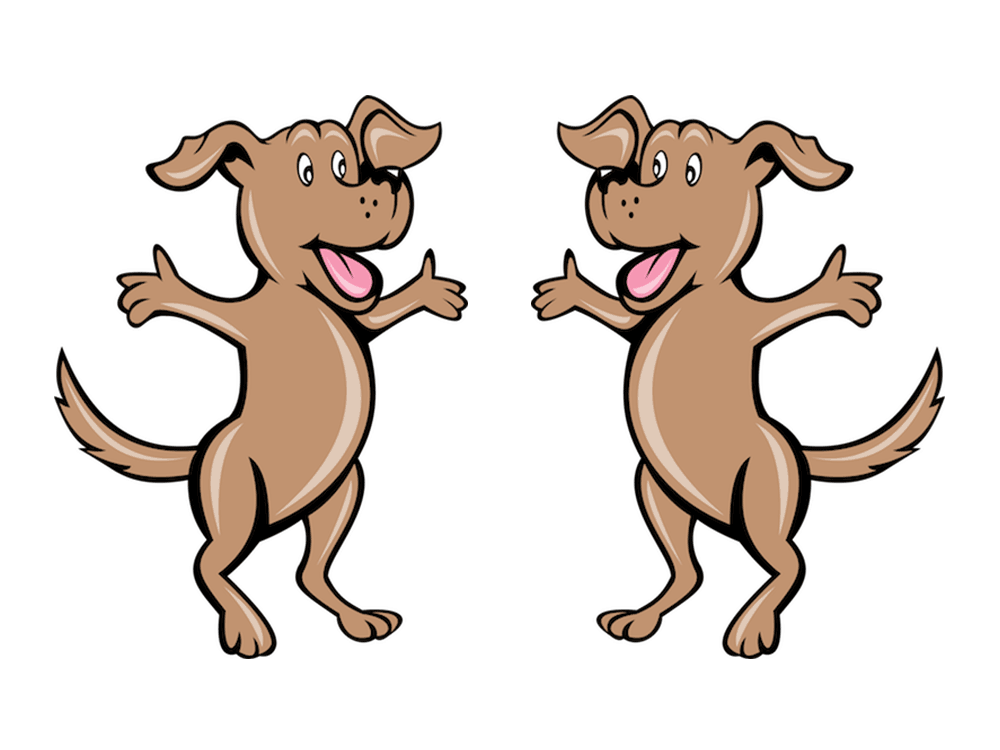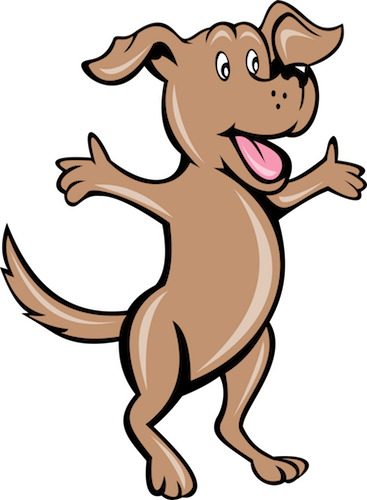The two things people hate most about Digital Signage are:
1. It costs too much
2. It’s too difficult to use.
Well, you get what you pay for right?
Not necessarily!
When it comes to hardware for digital signage, for example the actual screens, you could say that.
But not when you are paying people to use software that makes easy tasks difficult.
Isn’t this just the tail wagging the dog?
In case you are not familiar with this expression,
“The tail wagging the dog” is what people say when a less important part has too much influence or control over the most important part of something.
This can happen easily when we bring technology in to help us. Instead of making our job easier, we end up building processes and workflows to adapt to how the technology works.
Each different task we want to get done seems to make the whole process more complicated.
This is especially true of digital signage software.
At first, it sounds wonderful that we can build schedules and control the exact time that each piece of content will play and specify each screen it will play.
But before long it becomes a burden that we HAVE TO build schedules and control the exact time that each piece of content will play.
It’s even worse when we realise that each new piece of content we add can affect how other content plays. The slightest error in our settings and another very important piece of content might not play at all.
Besides lots of stress for everyone involved, this results in:
1. A very strict process for adding and checking each new piece of content. It’s not unusual to need at least a week of advance notice for a simple content change.
2. This also means more staff are needed to manage the scheduling and checking processes.
3. As a result, there is a strong bias to have less content and less variations of content because more content means more risk and more cost to manage.
This is a perfect example of the tail wagging the dog.
Why are all these processes needed?
Why is the work so difficult and complicated?
It’s all because the software has us doing the type of work that humans really shouldn’t be doing.
It’s exactly the kind of complicated repetitive work that is very inefficient.
It’s also guaranteed that there will be mistakes made as we add more content.
But all we wanted to do was add a piece of content and have it play on one or more screens.
That doesn’t sound so difficult.
We can express the rules for what we wanted to do quite plainly. For example:
1. Play this content on weekday mornings.
2. Play this content in all the stores in the Kanto area.
3. Play this content only on the 1F showroom screen.
4. Play this content twice as much as the other content because it’s important.
Imagine you had a magic bucket for each one of the first three rules above. When you put a piece of content into the bucket it plays on the correct screens in the correct location at the correct time.
For the fourth rule, just put the same piece of content in the bucket twice.
How easy would that be?
No stress. No mistakes.
Quick. Easy.
And of course, much cheaper to manage!
Now the only tail wagging we see is on a very happy dog!
This is the architecture that Otegaru net uses.
As soon as you see a demo, you know how to use it.
It’s obvious that it’s very easy to use.
What is less obvious at first though, is why this architecture is much more powerful than the way other signage software works. After all, other software seems to have so many more features available for controlling the schedule.
It’s also not obvious why all those other systems are going to disappear. In the future, we will only have Otegaru net or new systems like it.
Stay tuned for the answer coming in part 2 and 3 of this post.
Do you have a good example of “The tail wagging the dog”?
Let me know below. All other comments, questions and feedback are also welcome.


Having used Otegaru net, I know for myself that it is exceptionally flexible and inexpensive. But what’s impressed me most about it is its potential as a social medium.
Thanks Adam. I’ll definitely be writing more about that soon.
I know very little about digital signage, so there’s not much I like or dislike about it. As for the tail wagging the dog, how about Donald Trump and the Republican party?
Thanks Andrew.
That’s a great example of the tail wagging the dog. :)
It’ll be interesting to see how the dog (elephant?) gets control of its tail again.